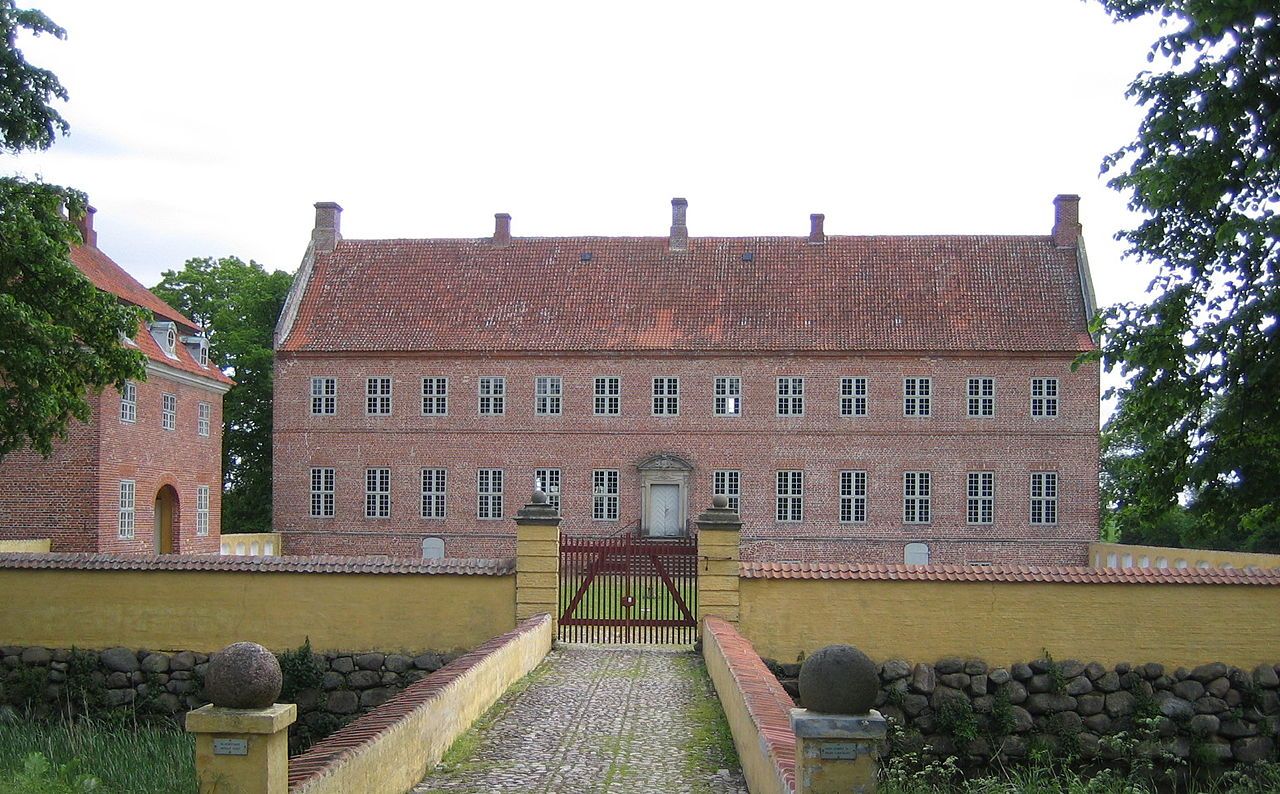Every big country estate worth its salt has a ghost or two, and most owners, if not actually fond of the house-guests’ metaphysical eccentricities, have at least come to tolerate them.
As reported in Country Life
Selsø Manor in Zealand is no exception. The house’s famous phantom, the White Lady, even became an international star when she was featured in English high society bible Country Life.
Selsø was one of Denmark’s first renaissance country residences, and it features many of the classic haunted house trappings, such as a staircase tower, cornices and hanging gables.
The house’s haunt, the White Lady, reportedly made her first out-of-body appearance in 1829, when Agathe Johanne von Qualen took charge of the mansion. It is said that she fled the house with her family in fear of a ghostly white figure wielding a bloody dagger. The family later sold the contents of the manor at auction and never returned.
Not so gregarious a g(host)
According to another local legend, the knife-wielding figure also drove away the next family to own the house as its reputation got steadily worse. By the time Grete Gunner Nielsen and her husband Bernhard Linder took over in 1972, it was in a state of disrepair.
Linder was initially enthused about the prospect of living in a haunted house, but his excitement abated, first to indifference, and then to annoyance when the White Lady’s inopportune appearances began scaring off his friends.
“To begin with, it was fun to tell a good ghost story to guests, but gradually we grew tired of it as more and more incidents occurred. One man actually fainted in the White Lady’s room, and a female guest fell down a staircase, claiming she had been shoved by the bad-tempered spook,” he recalled.
The White Lady is rumoured to be the ghost of Elizabeth von Thienen, whose husband was apparently prone to straying from their matrimonial bed. His amorous adventures got her so steamed up that one night she stabbed him with a dagger and hurled his body out of a window into the moat.
A few hours later, Elizabeth, overcome with remorse, flung herself after him, drowning in the same watery grave as her husband. Elizabeth’s actions doomed her to wander the empty corridors of the manor, carrying her bloody dagger. Late at night, when all is still, it is said that the sound of her thrashing for survival in the water outside can still be heard – even though the moat has long since dried up.
Ghastly granddad
Denmark’s phantoms are not just confined to the countryside, however. Sophisticated spooks also haunt the capital’s city centre, as one young Copenhagen woman can attest to.
After her grandfather’s death, the woman inherited his spacious mid-town flat, and she wasted no time in moving in, immediately setting to work to redecorate in a bold, modern style. Though she loved her grandfather, their generation gap was clear when it came to matters of design and style, and she joked with her parents that Farfar would be turning in his grave if he could see the changes she had made to his beloved refuge.
Not long afterwards, strange things began happening around the apartment. The avant-garde paintings she had hung in place of his elegant portraits has been repositioned on the walls. When she came home from work, her minimalistic furniture would be rearranged, sometimes in impossible formations.
And her modern B&O stereo equipment, which had taken the place of his graceful phonograph, seemed to only play music that she thought she could remember listening to when she would visit him as a girl – seems that ol’ granddad could see the changes she had been making after all …














